Eric Betzig, Howard Hughes Medical Institute, Stefan Hell, Max Planck Institute for Biophysical Chemistry, and William Moerner, Stanford University, share award for the development of super-resolved fluorescence microscopy.
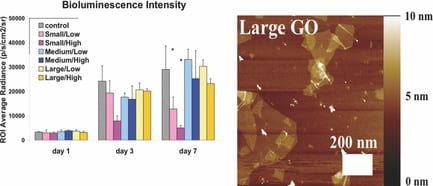
Dimension Determines Biocompatibility of Graphite Oxide Nanoparticles
A team from Stanford University has investigated the effects of graphite oxide nanoparticles on mouse embryonic stem cells.
Producing precise hydrogels for medical applications
New work describes a strategy to produced hydrogels of precise stiffness for the organization of blood vessel cells into vascular structures.
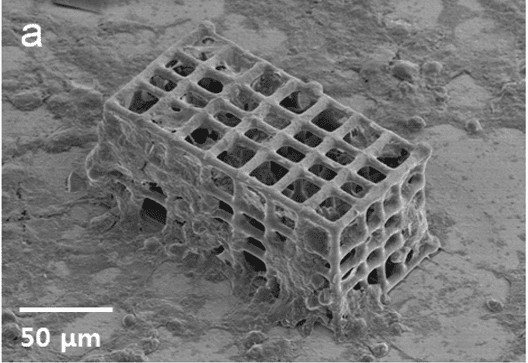
Porous microrobots born of lasers
Microrobots offer huge potential in medicine, particularly in the field of drug delivery.
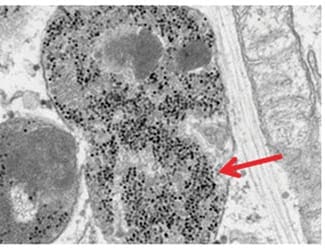
Steering stem cells with magnetic nanoparticles
Treating cells with iron oxide nanoparticles allows them to be steered through the body by magnets.
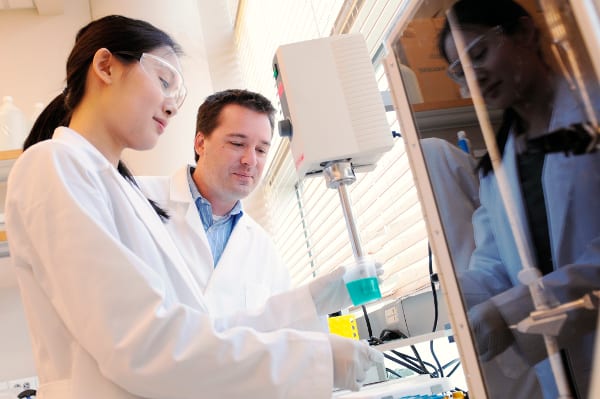
Localizing stem cell growth using microparticles
Researchers reduce amount of growth factor needed to grow embryoid bodies by delivering it via gelatin-based microparticles.

Startups in materials science: interview with Jennifer Elisseeff
Scientist-entrepreneur Prof. Elisseeff from Johns Hopkins University on her latest biomedical materials venture Aegeria and translating research to business.
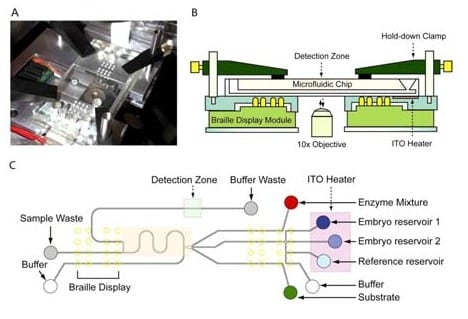
Enhancing fertility by microfluidics and biophotonics
Lab-on-a-chip method, when combined with biophotonics, can be used to assay for metabolites, to separate gametes via optoelectrical tweezers, or to improve the vitrification of oocytes.
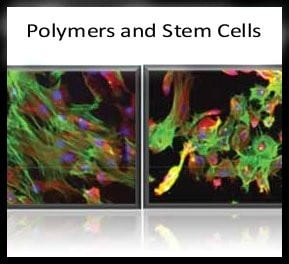
Advances in Polymers for Stem Cell Research
The second part of the series Advances in Polymers for Stem Cell Research by guest editor Suwan N. Jayasinghe is now complete and the last articles just have gone online.
Animal Models
The Global Medical Excellence Cluster (GMEC) and the New York Academy of Sciences, in collaboration with Imperial College London and King's College London, sponsored the conference Animal Models and Their Value in Predicting Drug Efficacy and Toxicity. The goal...










